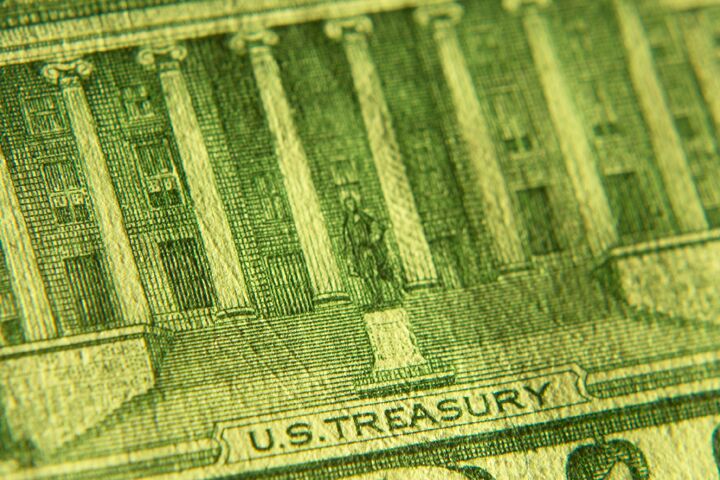
Foreign Investors Flee U.S.
Investments totaling a record-breaking $163 billion fled the United States in August, according to the latest Treasury Department figures. For the first time since 1998, foreigners on balance sold U.S. government Treasuries. Asian investors alone, including Japan ($23 billion) and China ($14.2 billion), dumped $52 billion.
“These numbers are absolutely stunning,” said Marc Ostwald, an economist at Insinger de Beaufort. But the numbers would have been much worse if not for inflows from Cayman and British hedge funds that were used to cover speculative U.S. positions when credit conditions tightened in August, according to the Telegraph.
The Treasury reported $69.3 billion in net sales of U.S. marketable assets, making the previous record outflow of $21.2 billion, set more than 17 years ago, look tiny in comparison.
As the Treasury data was released, the dollar took it on the chin. On Wednesday, the greenback continued is downward trend and traded lower against each of the 16 most actively traded currencies except the Japanese yen. The dollar has fallen beneath the value of the Canadian dollar for the first time since 1976, has hit all-time lows against the euro, and is plummeting against gold, silver and oil. It now takes over $750 to buy a single ounce of gold, $100 more than it did during August.
Some analysts, such as David Woo from Barclays Capital, think the foreign capital flight experienced in August was a “one-off” event associated with the start of the credit crunch that began that same month. Dominic Konstam, from Credit Suisse, notes that although “there was clear panic-selling” in August, the U.S. still should be able to avoid a currency crisis “if foreign investors return to buying equities.”
However, because of the massive scale of the money leaving the U.S., others feel that something much more fundamental and dangerous is underway. bnp Paribas currency analyst Ian Stannard, for example, characterized the recently released data as “extremely” harmful for the dollar.
He said the U.S. has relied on “hot” speculative money to cover more than a quarter of its short-term debt market over the past two years. But those speculative flows America relies on to help cover its $70 billion monthly current account deficit are now seizing up.
The data “exceeds the worst fears,” said Stannard. “It is not just foreigners who are selling U.S. assets. Americans are turning their back as well.”
The data plainly shows “how vulnerable the dollar is to a continuation of the credit crunch,” said Alan Ruskin, chief international strategist at rbs Greenwich Capital. “There is no way to get away from the lack of … inflows, the foreign selling of U.S. equities, and the countervailing strong U.S. purchases of foreign equities and bonds.”
It is now also plainly evident that in August, just about everyone wanted out of America—even Americans.
The U.S. has become the greatest debtor and consumer nation the world has ever known—reliant on foreigners to finance its way of life. But if even Americans are showing signs of abandoning ship, how long will foreigners stick around? As shown by August’s mass capital exodus from America, foreign willingness to finance a country that consumes much more than it produces may be coming to an end.
